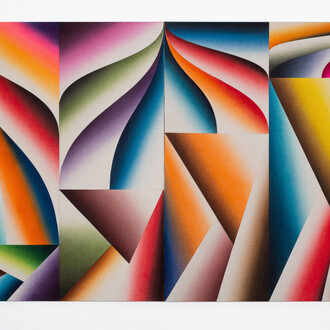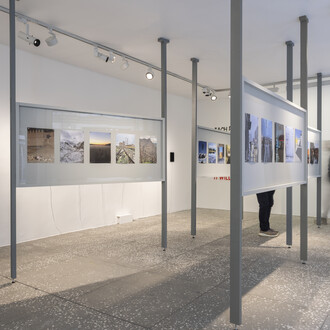Southern Estonia, formerly Livonia, is a region with versatile landscapes of stunning beauty.
With its gentle slopes and plenty of fertile land, Viljandi County was thickly settled. It was one of the richest parts of Estonia, where farmers were the first to purchase farms as freeholds, having made money by growing flax, and it was already in 1860s that they started building dwellings detached from barns. Some of them even came to own knight manors.
Historical Valgamaa, a picturesque county with lakes, woods and waves of flatland fields, was mainly situated on the territory of present-day Lithuania, where Estonians and Lithuanians mixed in the population. In 1920s a virtually new Valga County was created on the Estonian side, retaining only the town with its immediate surroundings from of the old one, and incorporating those parts of Tartu, Viljandi and Võru counties that are located closer to Valga. Our rolling terrain of Otepää also became a part of the new county.
Võru County is captivating due to its nature and our mountains: Haanja highland is the highest part of Estonia and the Baltic States. At the same time, such landscape and poor soil made tilling complicated, and circumstances forced local rural population to engage in other trades, mainly handicraft. Thus we can speak of Haanja hatters and craftsmen who made spinning wheels, pipes and musical instruments.
At the moment two Võru County farms can be visited at the Estonian Open Air Museum: Ala-Rusi freehold from Karula parish (later Valga County) dating back to the last quarter of the 19th century, which is our only memorial farm, and Sepa craftsmen’s farm from Rõuge parish of the same period. Near Rusi there is also the small Ritsu barn-dwelling from Paistu parish, ‘Mulgi’ region.
The Southern Estonia display of the museum has had two additions in 2015. Setomaa Vanatalo is representing the culturally peculiar south-east of Estonia. Seto culture has numerous rather ancient characteristics, but it has also been strongly influenced by Russian culture due to the region’s location next to the border with Russia. Another exhibit opened in 2015 is the home of a Russian Old Believer fisherman, a Russian settler from the shore of Lake Peipus.
















